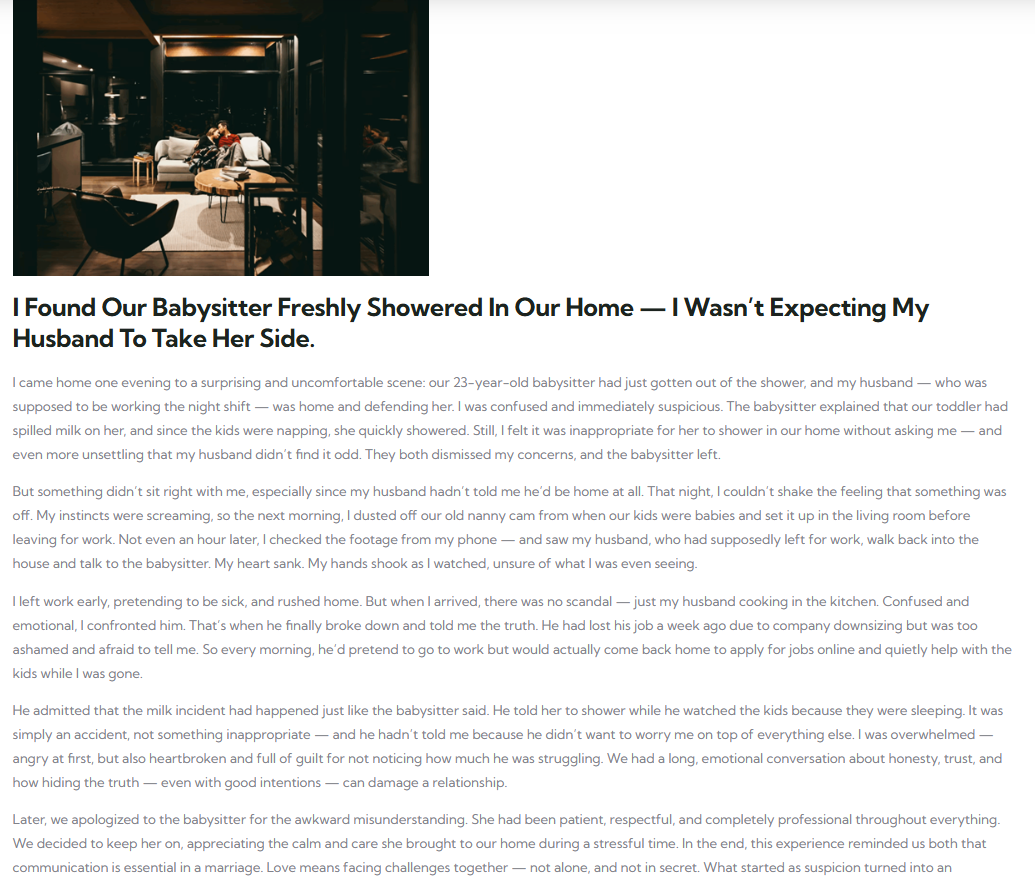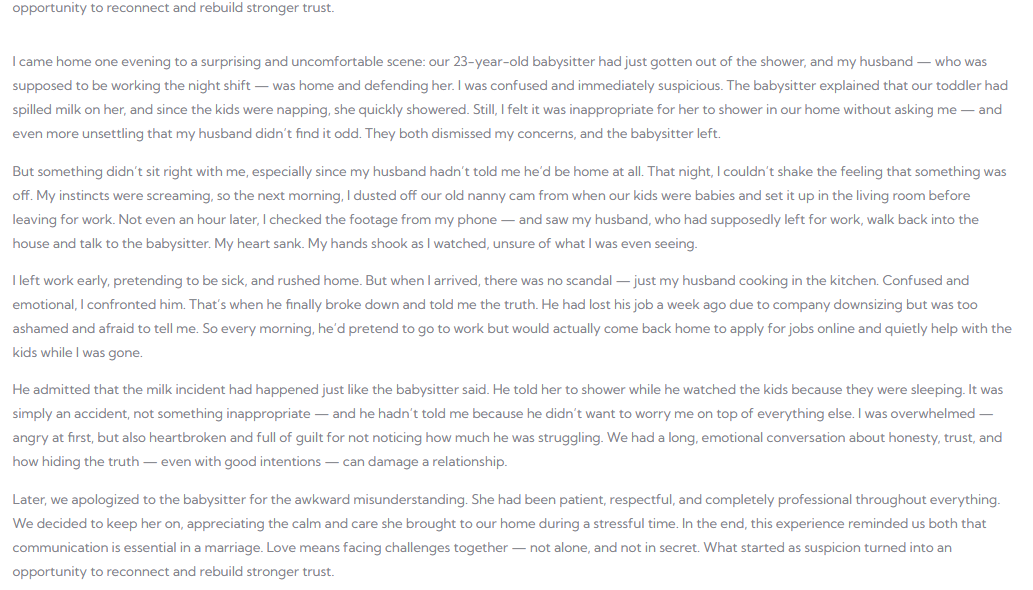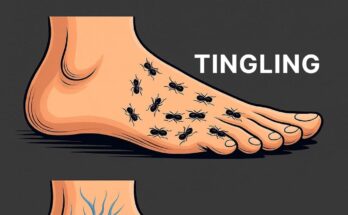In today’s fast-paced world, chronic stress has become a constant companion for many. The pressure to meet deadlines, juggle responsibilities, and navigate life’s uncertainties can leave us mentally and physically drained. While there are countless strategies for managing stress—from mindfulness meditation to therapy—there’s one surprisingly effective solution that often gets overlooked: creative hobbies.
Whether it’s painting, knitting, writing, gardening, playing music, or even woodworking, engaging in creative activities offers a powerful and accessible way to unwind, reconnect with ourselves, and restore mental balance. This article explores how and why creative hobbies can help reduce chronic stress and promote overall well-being.


What Is Chronic Stress?
Before diving into the benefits of creativity, it’s important to understand what chronic stress is. Chronic stress refers to a consistent feeling of pressure and anxiety over an extended period. Unlike acute stress, which is short-term and often linked to specific events, chronic stress persists and can have lasting negative effects on the body and mind.
Symptoms can include:
- Fatigue
- Irritability
- Trouble sleeping
- Anxiety or depression
- Weakened immune system
- Headaches or muscle pain
Over time, chronic stress can lead to more serious health problems such as heart disease, high blood pressure, and digestive issues.
Why Creative Hobbies Are More Than Just Pastimes
Creative hobbies are often viewed as leisure activities, but they serve a much deeper purpose. These activities stimulate the brain, improve emotional regulation, and provide a healthy outlet for expressing feelings. Unlike passive activities like binge-watching TV or scrolling through social media, creative hobbies require active engagement, which helps pull the mind away from stressors and into a state of flow.
The Science Behind Creativity and Stress Reduction
Research has shown that engaging in creative tasks can lead to measurable decreases in cortisol, the body’s primary stress hormone. In one study conducted by Drexel University, participants who engaged in 45 minutes of art-making experienced significantly lower cortisol levels. Interestingly, this benefit applied regardless of artistic experience or skill level.
Here’s why creative hobbies are so effective at combating stress:
- They Induce a Flow State
When you’re immersed in a creative activity, your brain can enter what’s called a “flow state.” This is a mental state where you’re fully focused, lose track of time, and become deeply engaged in what you’re doing. In this state, stress takes a back seat, and the mind is calm yet energized. - They Provide a Sense of Accomplishment
Completing a creative project—no matter how big or small—can boost self-esteem and foster a sense of achievement. This can be especially powerful for those who feel stuck or overwhelmed in other areas of life. - They Encourage Mindfulness
Many creative hobbies require you to be fully present. Whether you’re carefully shaping a piece of clay or choosing the right colors for a painting, your attention is anchored in the moment, which helps break the cycle of worry and rumination. - They Offer Emotional Release
Art and creativity allow people to process emotions that are hard to express with words. For example, writing in a journal or composing music can help release feelings of sadness, frustration, or anxiety in a healthy way. - They Improve Brain Function
Engaging in creative activities strengthens the brain by stimulating different regions involved in memory, concentration, and problem-solving. Over time, this mental exercise can build resilience against stress and cognitive decline.
Different Types of Creative Hobbies and Their Unique Benefits
Here’s a closer look at some popular creative hobbies and how they help reduce stress:
1. Painting and Drawing
These visual arts are among the most popular ways to express creativity. They allow for self-expression without the need for words, helping to externalize thoughts and emotions. The repetitive motion of brushstrokes or sketching can also have a calming, meditative effect.
2. Writing and Journaling
Writing provides a structured outlet for organizing thoughts, exploring emotions, and gaining insight into personal experiences. Journaling has been shown to improve mood, reduce symptoms of depression, and enhance self-awareness—all of which contribute to lower stress levels.
3. Playing an Instrument or Making Music
Music activates multiple areas of the brain simultaneously. Whether you’re learning to play piano or drumming in a band, music encourages focus, emotional expression, and even social connection. Playing or listening to music can slow the heart rate and lower blood pressure.
4. Crafting (Knitting, Sewing, Scrapbooking)
Crafting hobbies involve repetitive motions and attention to detail, which can induce a state of calm similar to meditation. The tactile nature of these activities also provides sensory feedback that helps ground you in the present moment.
5. Gardening
Though not always considered a traditional “creative” hobby, gardening involves design, planning, and a nurturing mindset. Connecting with nature and watching something grow under your care can be incredibly therapeutic and stress-reducing.
Making Time for Creativity in a Busy Life
One common barrier to adopting a creative hobby is lack of time. However, even short bursts of creativity—10 to 20 minutes a day—can make a meaningful difference in your mental state. Here are some tips to help you integrate creative time into your routine:
- Start small: You don’t need to commit hours. A quick sketch, a paragraph in a journal, or a few stitches in a scarf is enough.
- Create a dedicated space: Having a small corner of your home for your hobby makes it more inviting and accessible.
- Limit distractions: Turn off notifications and create a calm environment while engaging in your creative activity.
- Experiment freely: Don’t worry about being good at it. The process matters more than the product.
- Join a community: Consider taking a class or joining a group. Sharing your hobby with others can boost motivation and provide social support.
Creative Expression as a Long-Term Stress Management Tool
While a single painting session or journaling entry might offer immediate relief, the true power of creative hobbies lies in their long-term benefits. Making creativity a regular part of your life builds emotional resilience, increases self-awareness, and promotes a deeper connection to yourself and the world around you.
Over time, you may find that you respond more calmly to stressors, recover faster from setbacks, and experience greater overall satisfaction with life. In this way, creative hobbies become more than just enjoyable diversions—they become essential tools for self-care and personal growth.
Final Thoughts
In a world that often demands constant productivity, taking time for creative play might seem indulgent or even frivolous. But in reality, it’s one of the most effective and natural ways to protect your mental health. Creative hobbies offer a safe, joyful, and fulfilling way to process stress, reconnect with your inner world, and bring more peace into your everyday life.



